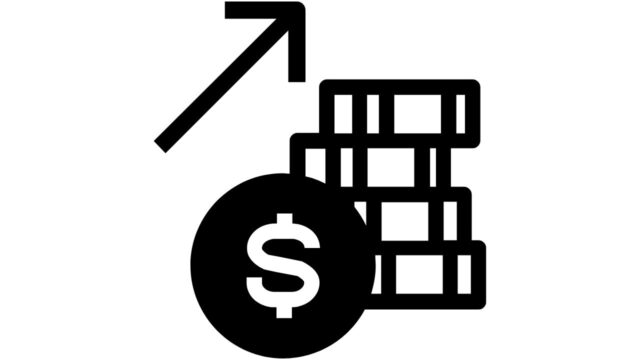
What is a Growth and Income Fund
A growth and income fund is an investment fund that seeks to provide both capital appreciation and dividend income. The fund invests in a diversified portfolio of stocks, with a focus on companies that are growing earnings at a faster rate than the overall market. While growth stocks typically have higher price-to-earnings ratios than the market as a whole, the fund’s managers may also invest in value stocks that are undervalued by the market. The fund generally pays out dividends on a quarterly basis. Growth and income funds can be a good choice for investors who want to balance risk and reward. However, it is important to remember that past performance is no guarantee of future results.
How to invest in a Growth and Income Fund
When it comes to investing, there are many different strategies that can be employed in order to achieve a desired outcome. One popular method is to invest in a growth and income fund. These kinds of funds are typically composed of stocks that offer both capital appreciation potential and dividend income. As such, they can provide investors with the best of both worlds. When choosing a growth and income fund, it is important to consider the fund’s objectives, investment strategy, and performance history. Additionally, it is wise to diversify one’s portfolio by investing in a variety of different types of funds. By doing so, investors can help to mitigate risk and maximize returns.
The benefits of investing in a Growth and Income Fund
Many investors are interested in finding a fund that will provide them with both growth and income. A Growth and Income Fund is a type of mutual fund that invests in a mix of stocks and bonds, with the goal of providing shareholders with both capital appreciation and regular dividend payments. While there are no guarantees in the world of investing, a Growth and Income Fund can offer several potential benefits.
First, by investing in a mix of assets, the Fund can help to reduce overall portfolio risk. Second, the focus on both dividend-paying stocks and bonds can provide shareholders with a steadier stream of income than a pure stock or bond portfolio. Finally, by reinvesting dividends and maintaining a long-term investment horizon, shareholders can potentially compound their returns over time. For these reasons, a Growth and Income Fund can be an attractive option for many investors.
The risks of investing in a Growth and Income Fund
There are also some risks associated with this type of investment. For example, the fund may invest in companies that are highly leveraged or have a high debt-to-equity ratio. This means that the fund may be more volatile than other types of investments. In addition, the fund may also invest in companies that are not well diversified. This means that the fund may be more susceptible to sector-specific risks. Before investing in a Growth and Income Fund, it is important to understand these risks and make sure that the fund is right for you.
How to choose the right Growth and Income Fund for you
When it comes to investing in Growth and Income Funds, there are a lot of factors to consider. First, you need to decide what your investment goals are. Are you looking for growth, income, or both? Growth funds tend to be more volatile, but they also offer the potential for higher returns. Income funds, on the other hand, provide a steadier stream of dividends but may not offer as much growth potential. Once you know what your goals are, you can start researching different growth and income funds. Pay attention to things like expense ratios, portfolio turnover, and historical performance. Also, make sure to read the fund’s prospectus so that you understand the risks involved. By doing your homework, you can find the right growth and income fund for your needs.
What to do if you lose money on your investment in a Growth and Income fund
These are popular investment choice for many people, but they come with risks. If the stock market declines, the value of your shares will go down as well. And if interest rates rise, the fund may not be able to generate enough income to offset the losses. So what should you do if you lose money on your investment in a Growth and Income fund?
First, don’t panic. It’s important to remember that these types of investments are designed for long-term growth, so short-term fluctuations are to be expected. If you’re concerned about the current market conditions, you can always speak to your financial advisor to get their opinion on whether or not you should sell your shares.
Second, consider using the loss as a tax deduction. If you sell your shares for less than you paid for them, you can claim the loss on your taxes. This can help offset some of the financial pain.
Finally, don’t give up on Growth and Income funds entirely. They can still be a good investment choice if you’re willing to ride out the ups and downs of the market. Just be sure to diversify your portfolio so that you’re not putting all your eggs in one basket.


































